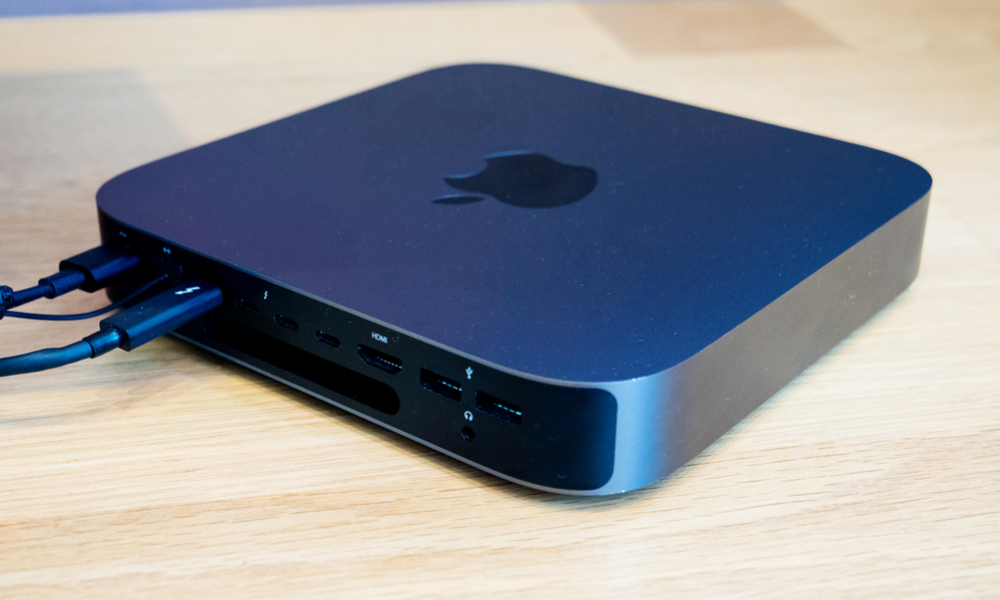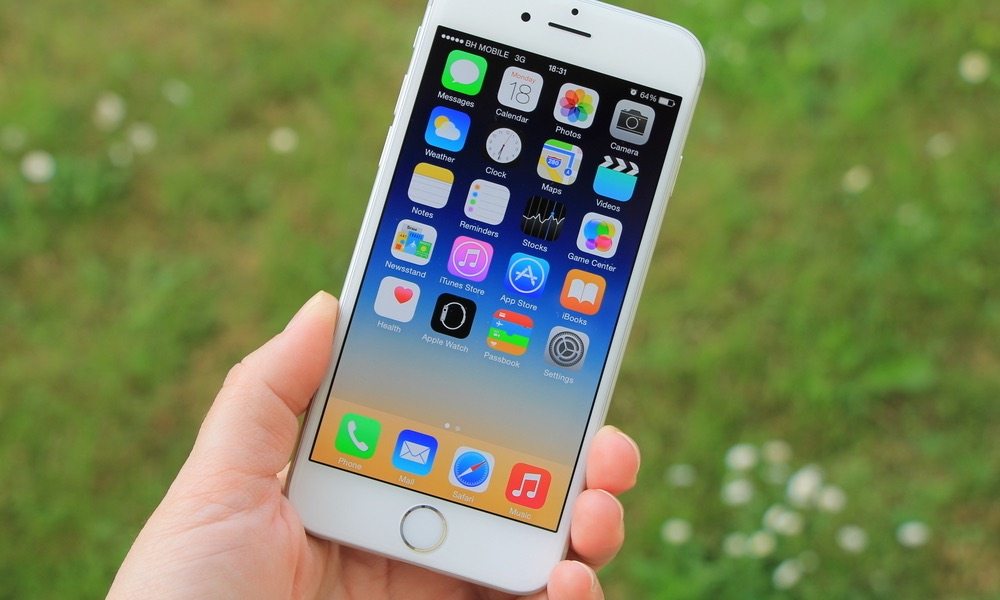Most Intel Macs Are Now Considered ‘Vintage’ Products
 Credit: Hadrian / Shuterstock
Credit: Hadrian / Shuterstock
Toggle Dark Mode
With nearly all of Apple’s Macs now sporting the latest M4 chips, we’re well into the era of Apple silicon. So it shouldn’t come as a big surprise that Apple’s Intel Macs are going the way of the dodo.
After all, the last Macs to feature an Intel chip were released in the first half of 2020. The MacBook Air and MacBook Pro had a nice refresh in May of that year, and the 27-inch iMac came in August, in what turned out to be a swan song for the venerable all-in-one desktop. By October, the first M1 Macs had arrived, and while it would be another year before the higher-end Intel MacBook Pro was updated, there would never be another Intel Mac made by Apple.
Now, those final 2020 models are all that remain on Apple’s list of supported Intel Macs. The company has just updated its list of vintage and obsolete products, adding the 2018 Intel Mac mini and the entry-level version of the 2019 13-inch MacBook Pro — the only Intel version of that lower-end model to get the Touch Bar. That oddly outlived the higher-end 2019 versions, which were already on the list, possibly because it was announced two months later.
Apple tended to update its Mac mini very sporadically in the Intel era. The 2018 Mac mini was the last to feature an Intel chip before the 2020 introduction of the M1 Mac mini, but the version that came before that was released in 2014.

The discrepancies in these dates are because Apple doesn’t classify products as “vintage” based on their release date but on when it stopped selling them. A product is considered vintage when it’s been off the market for between 5 and 7 years; after that, it becomes “obsolete” by Apple’s standards.
That’s why the iPhone 6s also only joined the list today. Released in September 2015, it became one of Apple’s longest-supported models, both for hardware service and iOS updates. It was already cut off after iOS 15, but that’s a good run, considering it shipped with iOS 9. It’s somewhat ironic that the iPhone 6s outlasted the iPhone XS Max, which was added to the list in November 2024, particularly considering that later model can still run iOS 18. However, the iPhone 6s was still being sold as a low-cost device in some emerging markets when the iPhone XS made its debut in 2018.

Apple guarantees it will provide service and parts for all of its products through Apple Support, Apple Stores, and Apple Authorized Service Providers (AASPs) for a minimum of five years. After that, it can be a roll of the dice in most countries as to whether you’ll be able to get your iPhone, iPad, or Mac fixed.
This varies depending on the consumer protection laws in different countries, but as a rule, a “vintage” product is one for which Apple will provide service and parts if it still has them, but it makes no guarantees. After seven years, the product becomes “obsolete,” and you’ll be left scouring the second-hand parts market. Mac laptops are eligible for battery-only repairs for up to 10 years, although that’s still subject to parts availability.
Essentially, Apple stops manufacturing new parts for its products five years after they were last sold. At that point, service providers and do-it-yourselfers are left to rely on whatever existing stock is still in the pipeline. Once that runs out, they’re done.
The final Intel MacBook Pro models were discontinued with the release of the M1 Pro and M1 Max versions in October 2021, so we’ll likely see those hitting the vintage list by the end of next year.
It’s perhaps somewhat appropriate that the last Intel Mac standing may turn out to be the one that marked the end of its era: the 27-inch iMac, which was discontinued in March 2022 when Apple debuted the Mac Studio and 27-inch Studio Display as its presumptive replacement.








